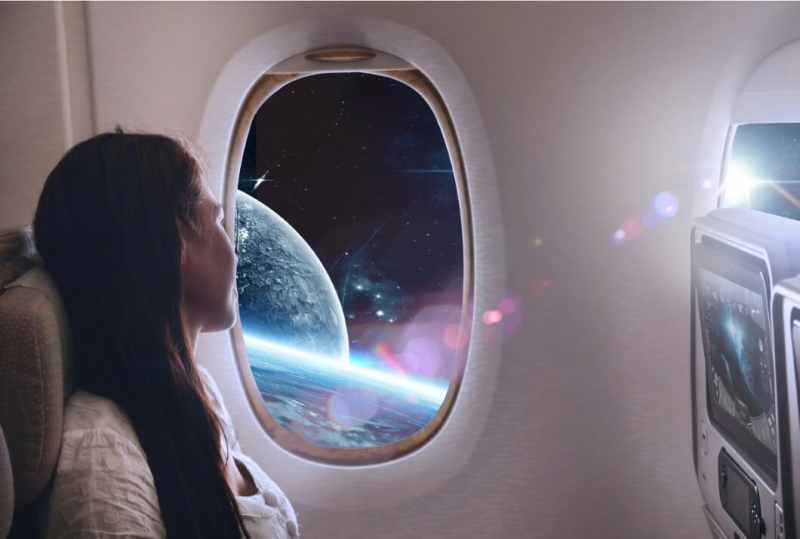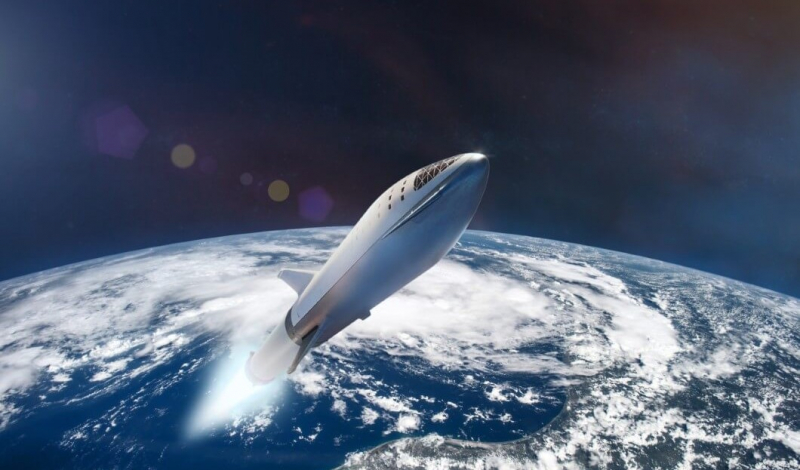Space tourism, a concept formerly confined to science fiction, took flight in 2025, offering civilians the chance to venture into the cosmos. Though still nascent, several pioneering firms are making both brief suborbital excursions and more extended orbital trips possible. Of course, these experiences come at a significant price and are not yet frequent. The year 2025 is proving to be a pivotal one as the sector matures, marking a notable point in the ongoing effort to broaden access to space travel. Interesting trends and persistent challenges continue to shape its trajectory.
The Pioneers of Space Tourism
Several key players are pushing the boundaries of the space tourism industry. Axiom Space, in partnership with SpaceX, is at the forefront of orbital tourism. Axiom Space successfully completed its fourth mission, Ax-4, in June 2025, sending private astronauts to the International Space Station (ISS) for a stay of over two weeks aboard SpaceX’s Crew Dragon capsule. While these missions initially were focused on research and diplomatic objectives, they have opened up opportunities for paying customers to experience extended orbital stays—a concept almost unimaginable just a decade prior. SpaceX’s dependable Falcon 9 rocket and Crew Dragon spacecraft continue to be essential to these orbital ventures, highlighting the company’s vital contribution.
Meanwhile, on the suborbital side, Blue Origin’s New Shepard rocket provides brief, but exciting, trips to the edge of space. Passengers get to experience a few minutes of weightlessness coupled with incredible views of Earth. Blue Origin had flights in both 2024 and 2025 that catered to tourists and research payloads. Virgin Galactic, previously a leader in suborbital tourism, is currently undergoing a transitional phase, pausing operations in order to develop its next-generation Delta-class spaceplanes; commercial flights are expected to start again sometime in 2026.
The Pace and Price of Space Travel
Space tourism remains a niche offering in 2025, largely because of the considerable costs involved and the relatively infrequent flight schedules. Brief suborbital flights with Blue Origin are estimated to cost somewhere in the high six figures, whereas tickets on Virgin Galactic, once sales are restarted, will probably be between $450,000 and $600,000. Orbital missions are even more exclusive. Axiom Space’s ISS trips reportedly cost in the tens of millions—perhaps up to $70 million for a single seat. Such prices naturally restrict the market to the ultra-wealthy, celebrities, and organizations with substantial resources.
Moreover, the number of flights remains limited. Blue Origin conducts New Shepard missions sporadically, while Axiom’s orbital flights must be scheduled months, or even years, in advance, due to the need for careful coordination with NASA and various international partners to secure ISS docking slots. The idea of frequent, mass-market space tourism is still several years away, and 2025 is largely viewed as a transition point for the sector.
Click here to preview your posts with PRO themes ››

Market Growth and Future Potential
The global space tourism market in 2025 is valued at around $1.5 to $1.6 billion, with projections indicating steady growth over the coming decade. Such optimism is largely based on expectations of more frequent flights, continued improvements in safety records, and the construction of commercial space stations that can accommodate larger numbers of tourists. There are also emerging startups and international efforts exploring innovative concepts, such as orbital hotels and zero-gravity entertainment options, but the majority of these are still in the initial planning stages.
Challenges on the Horizon
Despite the progress, space tourism does face notable hurdles. Safety is a paramount concern, and it is essential that agencies such as the FAA and NASA provide rigorous testing and regulatory oversight. Delays are common, and companies are likely to prioritize reliability over rapid expansion, as Virgin Galactic has demonstrated by pausing operations to develop its safer Delta-class vehicles. Also, orbital tourism is limited by the limited number of ISS docking ports and by the station’s scheduled decommissioning in the early 2030s. Therefore, further growth will depend on the development of private space stations to function as permanent tourist hubs.
A Glimpse into the Future
While 2025 is probably not the year space tourism will enter the mainstream, it still represents a significant achievement. For the first time, private citizens are routinely accessing space, largely due to companies like Blue. Suborbital hops from companies like Blue Origin, and Axiom’s trips to orbit, these demonstrate the shift we’re seeing from more exploratory projects towards actual ongoing commercial activity. Still, let’s be real: the prices are high. Flights don’t happen often. And there are definitely some tricky issues still needing to be worked out from both an engineering and regulatory standpoint. All this means broad, widespread access isn’t quite here just yet.
But, and this is important, the early work done by SpaceX, Blue Origin, Axiom, and some others, really does suggest we’re headed in a positive direction. New spaceports are coming online. New spacecraft are being developed. And more destinations are becoming available. So, you know, the idea of just hopping on a spacecraft—almost as simple as taking a plane—it’s inching a little closer to being a reality. Of course, right now, space tourism is mainly for the super-rich, but this early stage signals a new time, where it seems maybe the stars aren’t so far off after all.


